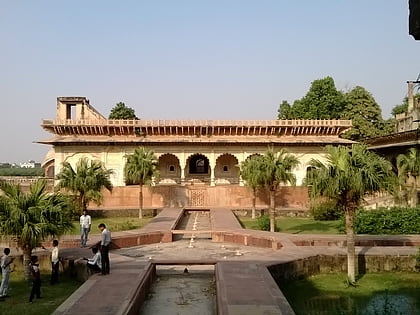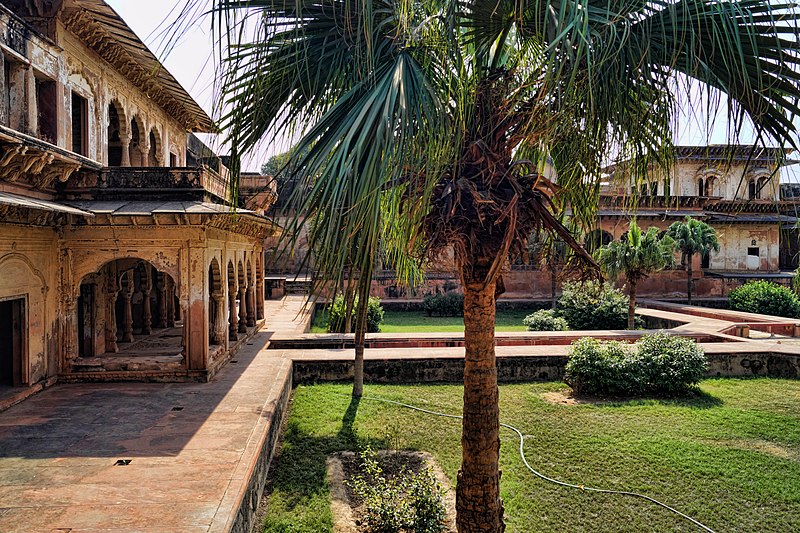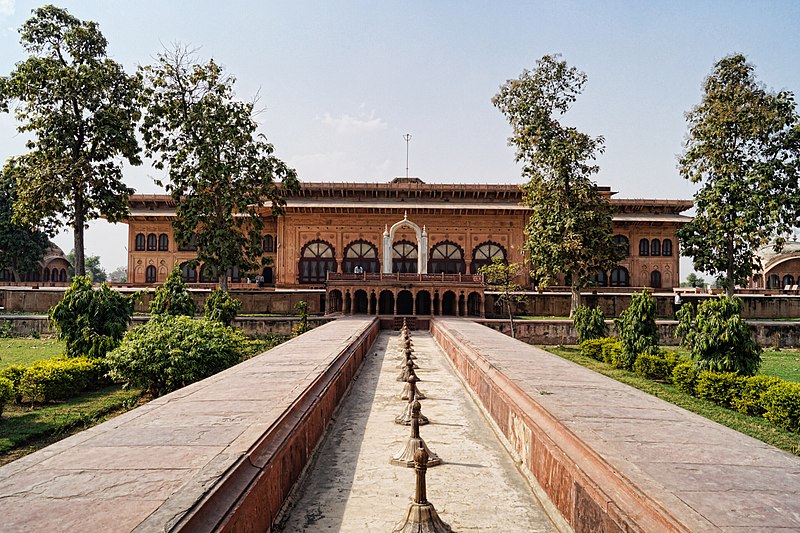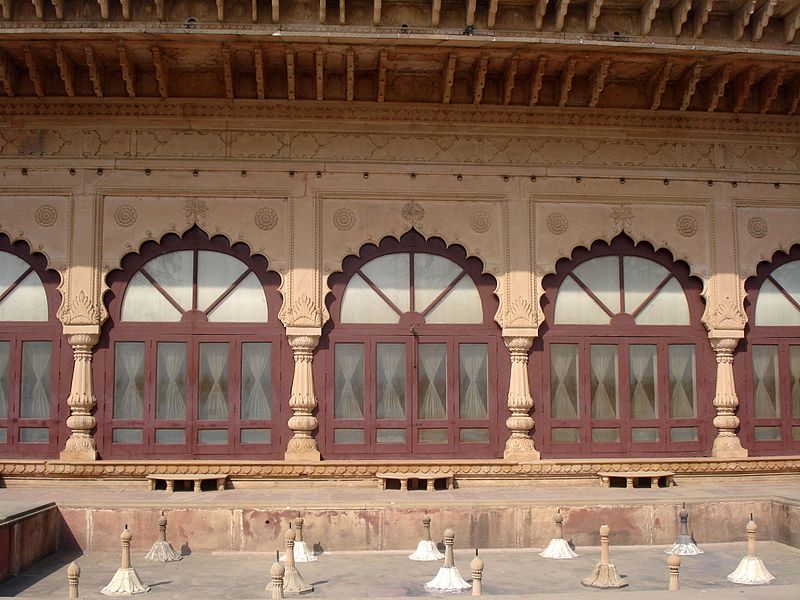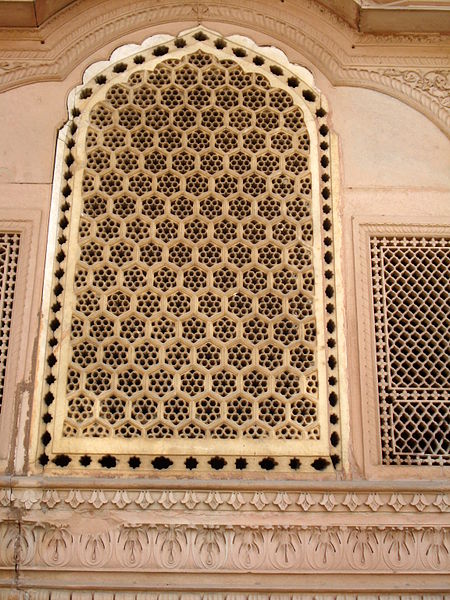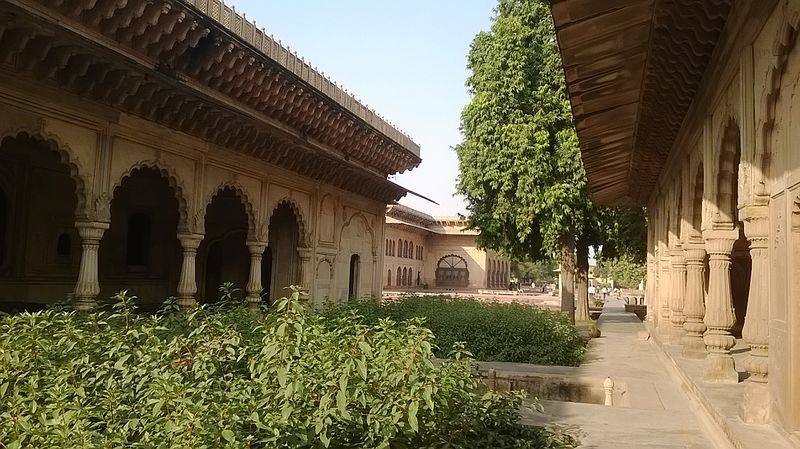Deeg Palace, Deeg
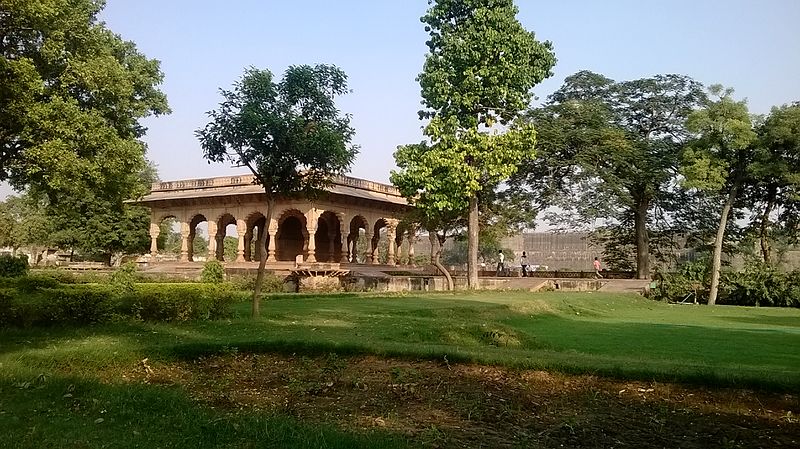
Facts and practical information
Deeg Palace, a quintessential example of 18th-century Rajput architecture, is a resplendent marvel located in the small town of Deeg in the Bharatpur district of Rajasthan, India. Built by Maharaja Suraj Mal, the founder of Bharatpur, the palace complex is a testament to the grandeur of the Jat rulers and their love for elaborate gardens and magnificent water features.
The palace complex is renowned for its intricate workmanship, sprawling Mughal-style gardens, and a network of fountains that come alive during special occasions. It was designed as a summer resort for the royal family, and its strategic layout was also meant to serve as a formidable fortification against invaders.
Visitors to Deeg Palace are often captivated by the impressive Gopal Bhawan, the centerpiece of the complex, which is flanked by two symmetrical wings - Sawan and Bhadon Pavilions, named after the Indian monsoon months. These pavilions are adorned with beautifully crafted fountains that mimic the monsoon rains, creating a surreal ambiance.
An intriguing aspect of Deeg Palace is the Keshav Bhawan, a monsoon pavilion with an artificial rain system that was used to recreate the magic of rains during the dry months. The pavilion features a reservoir and a channelized water system that showers rainwater through the roof, creating a delightful spectacle.
The palace also houses an extensive collection of antiques, including weapons, royal memorabilia, and exquisite pieces of art that reflect the rich cultural heritage of the region. The walls and ceilings of the palace are embellished with intricate frescoes and detailed carvings, speaking volumes about the artistry of the era.
For tourists, Deeg Palace is a hidden gem that offers a glimpse into the regal lifestyle of the past. The best time to visit Deeg Palace is during the annual Deeg Festival, when the fountains are operational and the palace is festooned with flowers and lights, showcasing its beauty to the fullest.
Deeg
